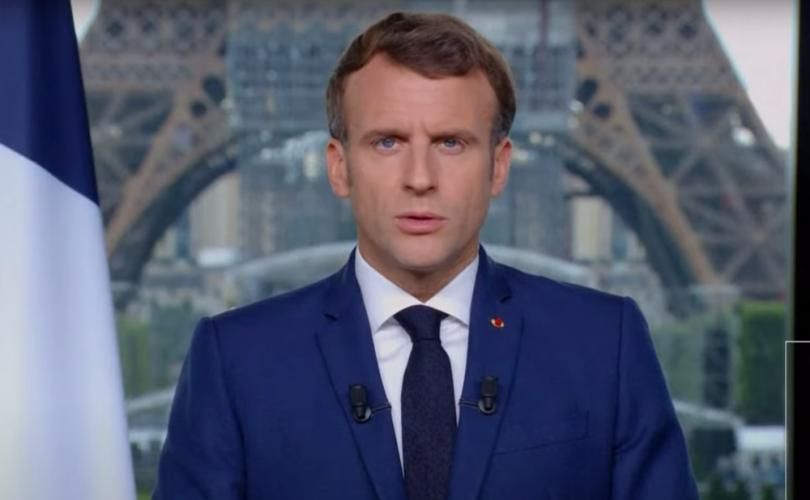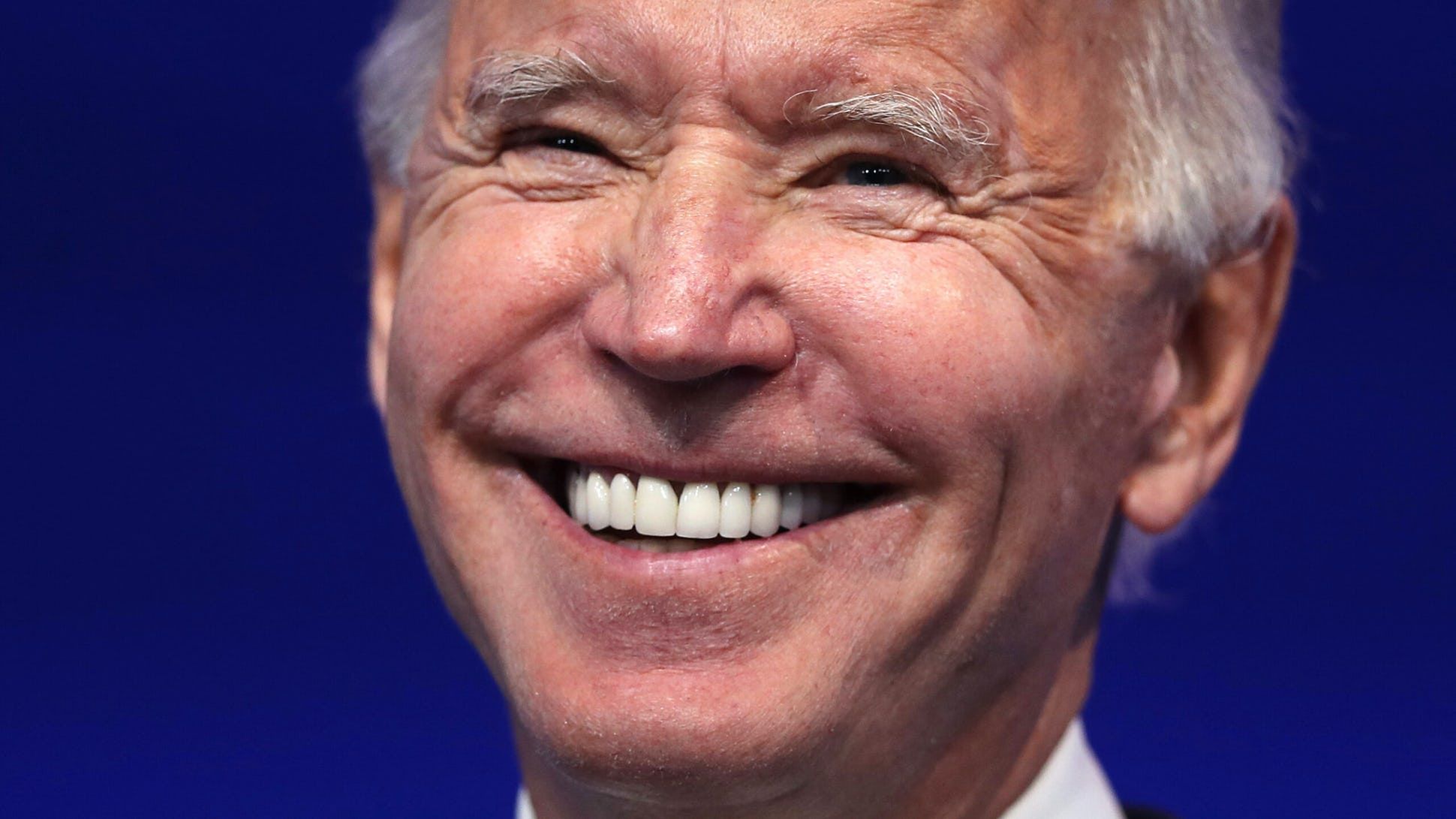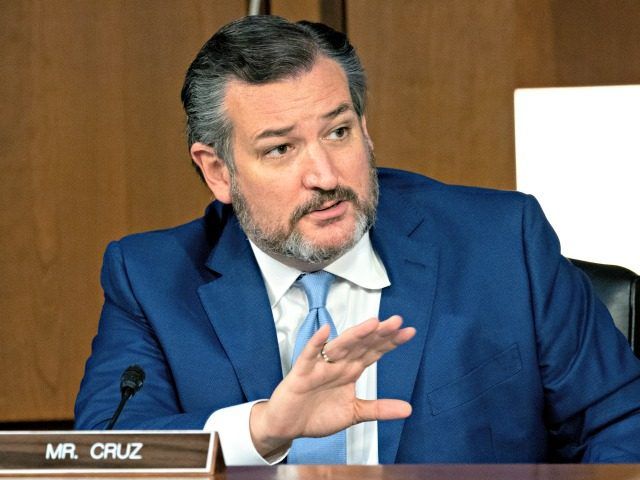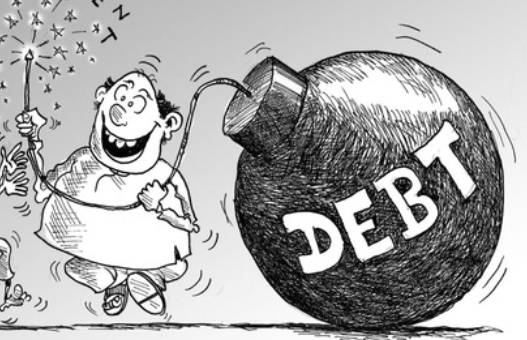Author: Author1
‘Great Awakening’ is exploding in Iran: ‘Visions, Dreams, and miraculously answered prayers” are taking place
Rocket launched from Jenin area as Israel inches closer to offensive measures
Macron Calls for Global Tax to Fight Climate Change
Emphasizing the need for global cooperation to fight so-called climate change, French President Emmanuel Macron last week suggested that some sort of global tax system could be used to finance efforts to mitigate global warming and address global poverty.
The French president suggested that the Paris-based Organisation for Economic Cooperation and Development (OECD) might be used to oversee the negotiation process between nations and multinational corporations to create the new global climate tax.
“I’m in favor of an international taxation to finance efforts that we have to make to fight poverty and in terms of climate [action],” Macron said.
Like a good globalist, Macron suggested that climate change was just too big a problem to attack in a piecemeal fashion.
“It doesn’t work when you do it alone, the [financial] flows go elsewhere,” Macron said.
“When the righteous are in authority, the people rejoice;
But when a wicked man rules, the people groan.” Proverbs 29:2
![]()
Macron lauded his own nation’s commitment to taxes for climate change and suggested that the entire world follows France’s lead.
“France already has in place two types of taxes that have been suggested: one on plane tickets, another on financial transactions,” Macron said. The French president added that he was ready to “make others follow us and mobilize” to address the climate issue.
“There has been a great deal of discussion on the idea of international taxation, over and above what countries and institutions are doing. Whether it’s on financial transactions, maritime transport or certain other models, it will only work if it’s truly international, and so it presupposes an agreement, as we’ve been able to do on international taxation,” the French leader said.
France has also acted to ban short haul-flights in the country, a move that even climate alarmists say is “symbolic” at best.
In September of last year, UN Secretary General António Guterres demanded similar global taxes in order to punish the fossil fuel industry.
Read More @ The New American HERE
Latest Biden Blunder Raises Eyebrows: ‘I Sold A Lot Of State Secrets’
Israel informs US: Netanyahu will visit China
Senator Ted Cruz: ‘Joe Biden is pathologically obsessed with undermining Israel’
Arrests and Encounters of FBI Terror Watchlist Suspects at Southern Border Hits All-Time High
The Battle Behind the Battle: What Are We To Make Of The Intensifying Conflict Within Russia?
Storming Our Castles: The Left’s war on home ownership
IDF: Rocket fired from Jenin in PA-controlled territory
A rocket was fired from Palestinian Authority-controlled territory in Judea and Samaria for the first time this morning (Monday), the IDF reported.
The rocket, which was fired from the city of Jenin, landed in PA-controlled territory and did not pose a risk to Israeli communities at any point, according to the military. No injuries were reported.
Palestinian Arab terrorist groups have been attempting to smuggle and construct rockets in Judea and Samaria in order to be able to launch the rockets at Israeli population centers the way the territory of Gaza has been used to launch many thousands of rockets at Israel since the 2005 Disengagement.
“For they have consulted together with one consent; They form a confederacy against You: The tents of Edom and the Ishmaelites…” Psalm 83:5-6
![]()
Last month, the Shin Bet revealed that an Islamic Jihad terrorist cell which was involved in the manufacturing of rockets in Jenin had been broken up. The cell had been acting at the orders of the terrorist organization’s leadership in Gaza.
Shin Bet chief Ronen Bar said at the time that “in recent weeks we thwarted a cell in the area of the Jenin refugee camp that had already begun producing rockets and launchers in order to fire rockets from Samaria to Israel as well. We see this as a dangerous precedent. The members of the infrastructure were arrested and confessed. We have no intention of making Afula or Shaked a target for high-trajectory rocket fire.”
Several weeks later, a group of terrorists distributed a video on social media which they claimed showed a failed attempt to launch a rocket at the Jewish community of Shaked in Samaria.
A note attached to the rocket stated in Arabic that the attempted launch failed and that the next rocket would be bigger.
Arutz Sheva HERE











